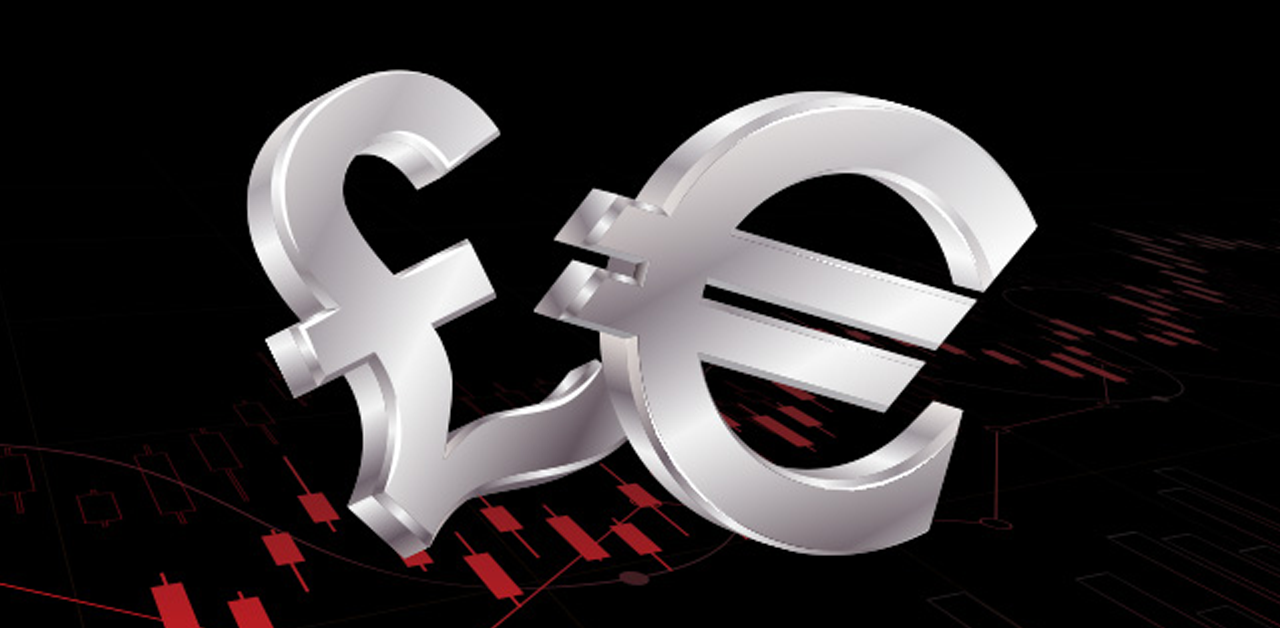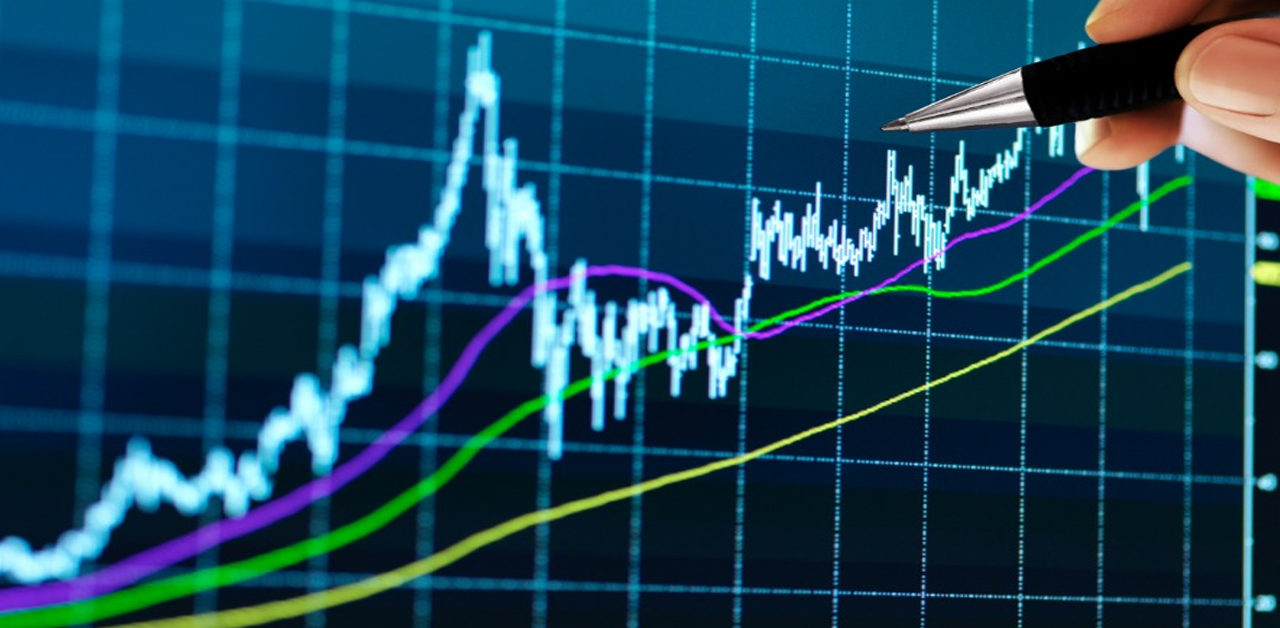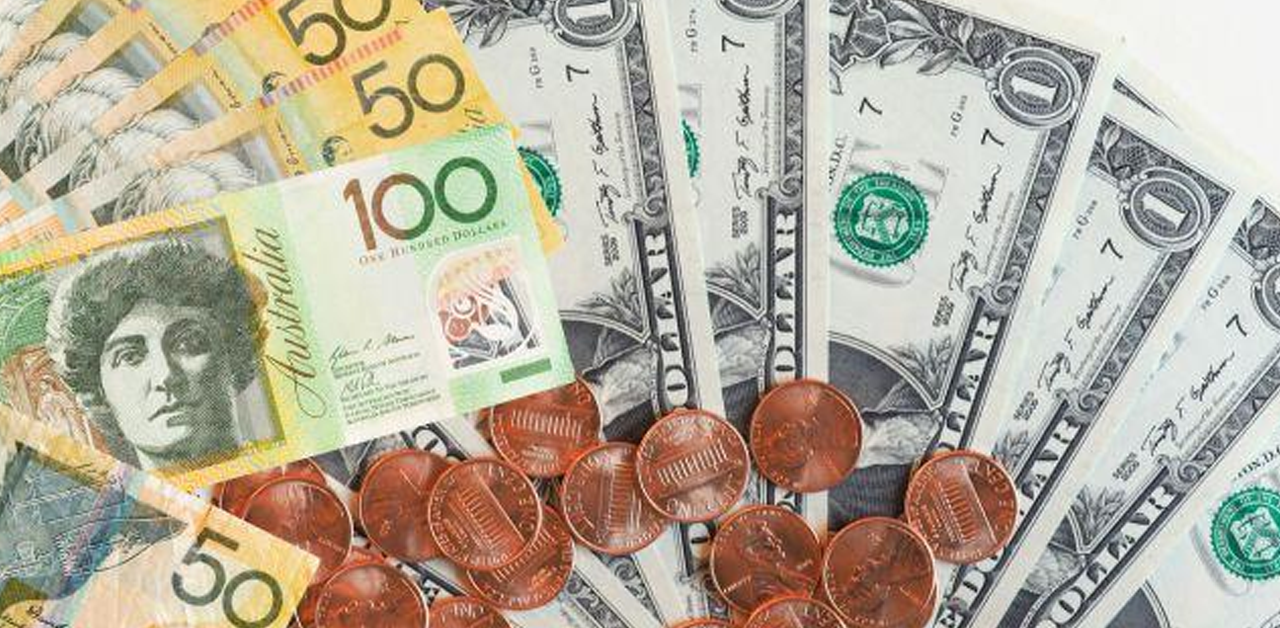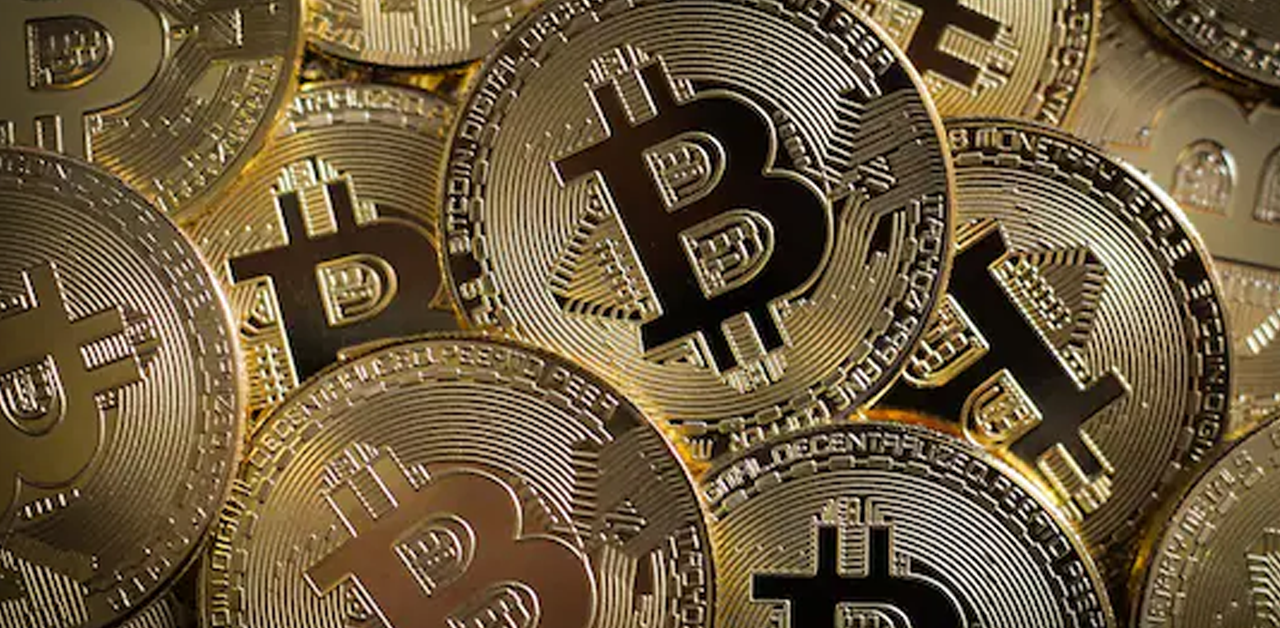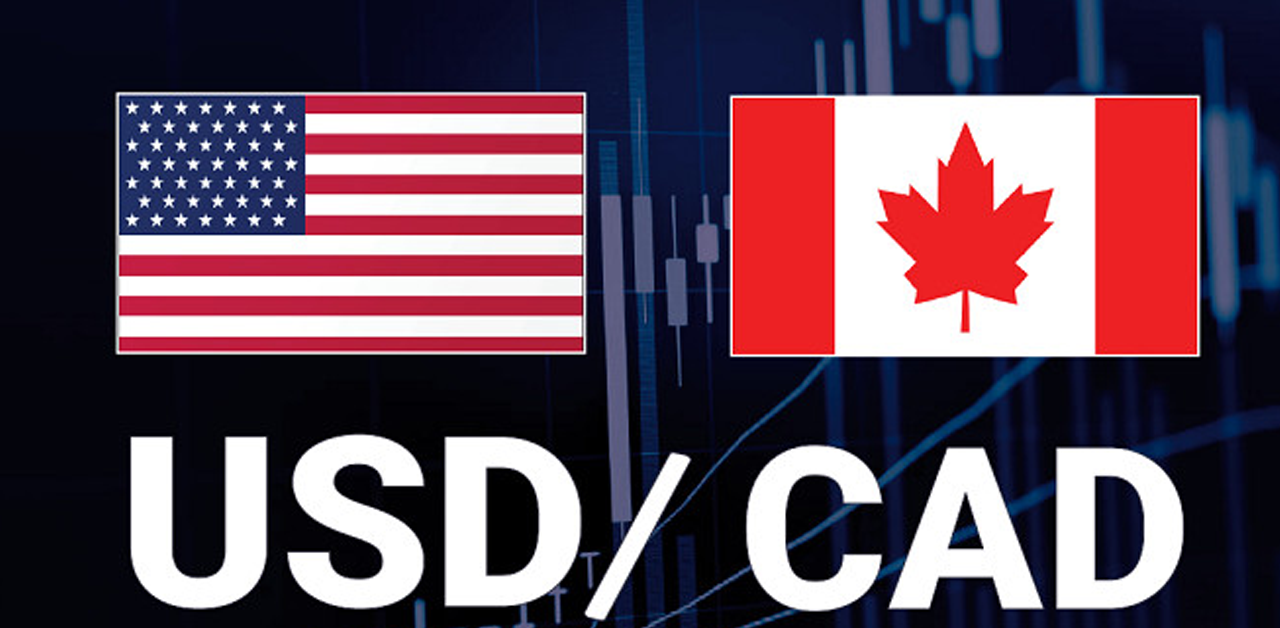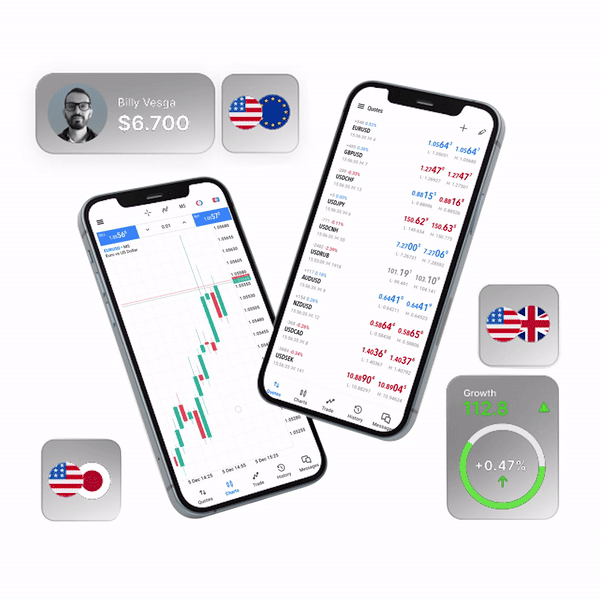The EUR/GBP pair trades with modest losses around 0.8650 in early European hours on Friday, as the Pound Sterling (GBP) finds support from expectations that the Bank of England (BoE) may refrain from additional rate cuts this year. Investors now await Germany’s second-quarter (Q2) Gross Domestic Product (GDP) release due later in the day.
UK inflation surprised to the upside in July, rising to 3.8% amid higher food and travel costs. The hotter-than-expected data has fueled speculation that the BoE will delay further monetary easing. Supporting the GBP further, preliminary S&P Global PMI data showed resilience in August, with the Composite PMI climbing to 53.0 from 51.5, beating consensus forecasts of 51.6.
Earlier this month, the BoE cut its key rate from 4.25% to 4.0%, signaling a “gradual and careful” approach to policy easing. Markets now see the next quarter-point cut priced in no earlier than March 2026.
On the Euro side, recent HCOB PMI figures highlighted improving economic conditions. Germany’s Composite PMI rose to 50.9 in August—the highest since March—while the Eurozone Composite PMI improved to 51.1. The data suggest resilience in the bloc’s economy, potentially slowing the European Central Bank’s (ECB) pace of rate reductions. Still, lingering trade tensions earlier this year could restrain upside momentum for the Euro.
Attention now turns to Germany’s Q2 GDP, forecast to expand 0.4% year-on-year. A stronger reading could help the Euro limit its near-term losses against the Pound.

